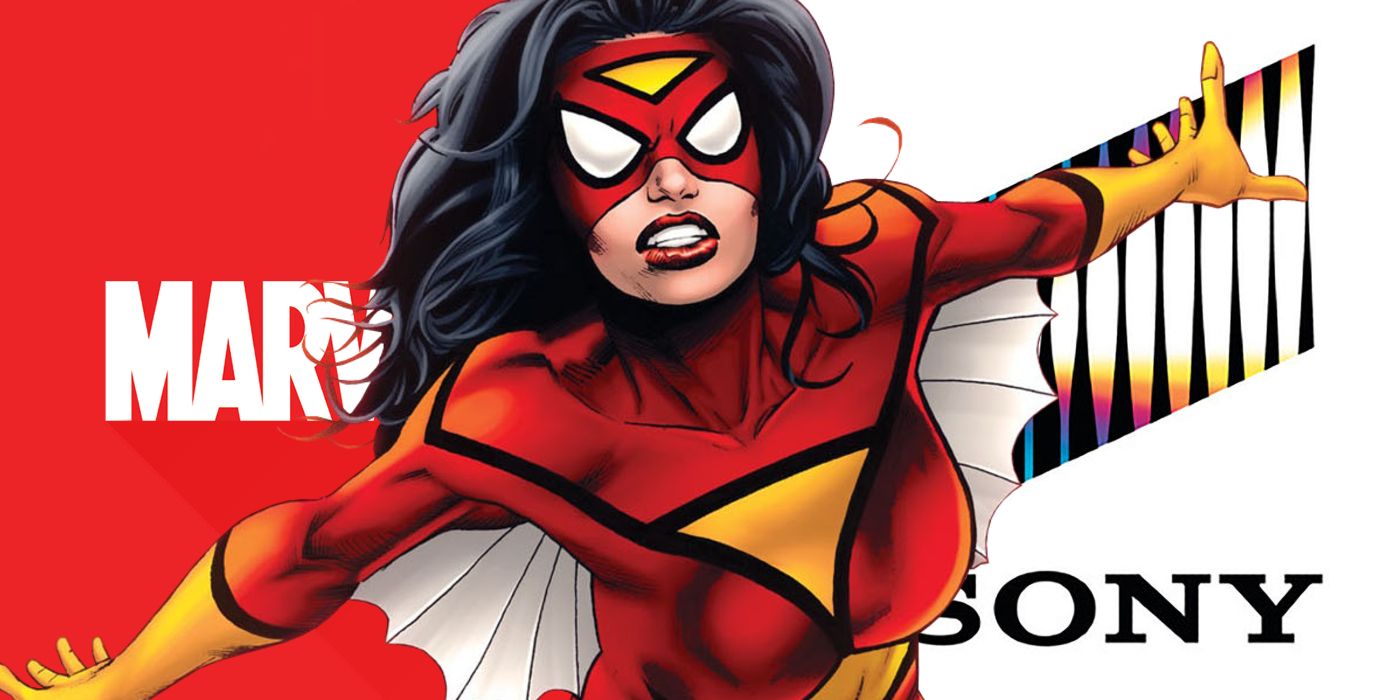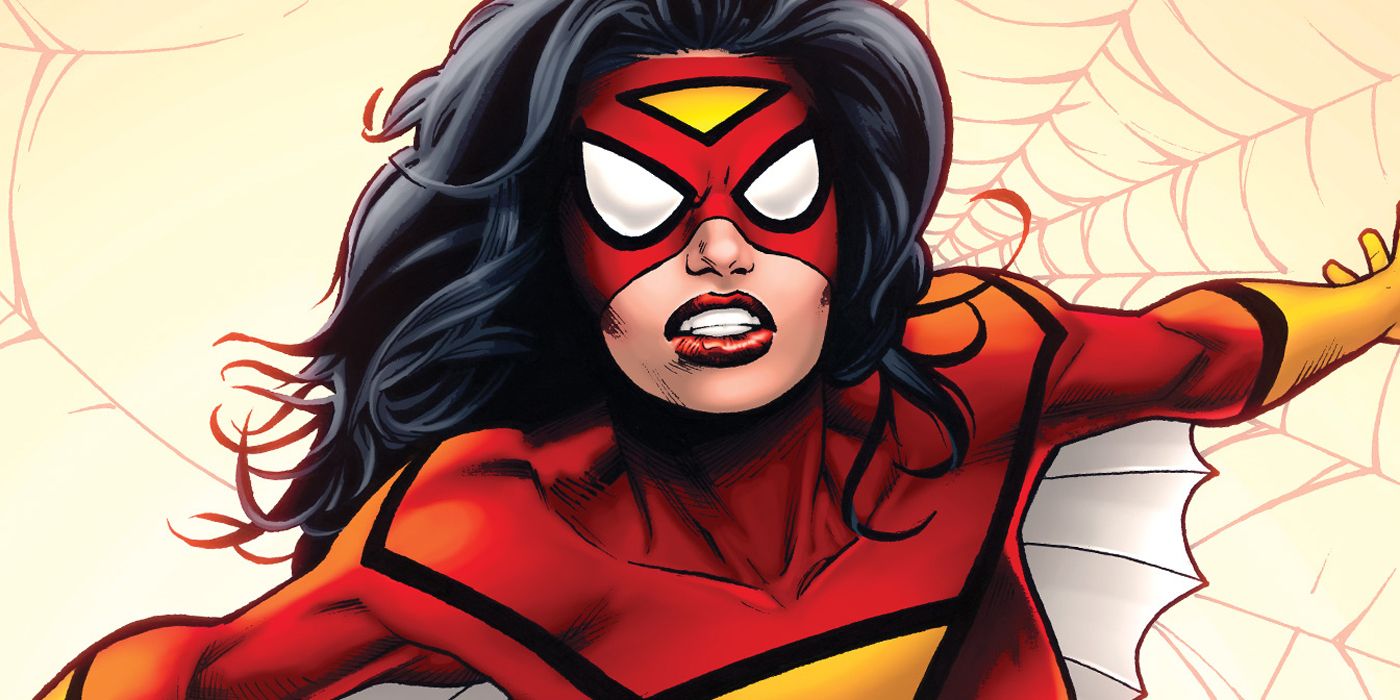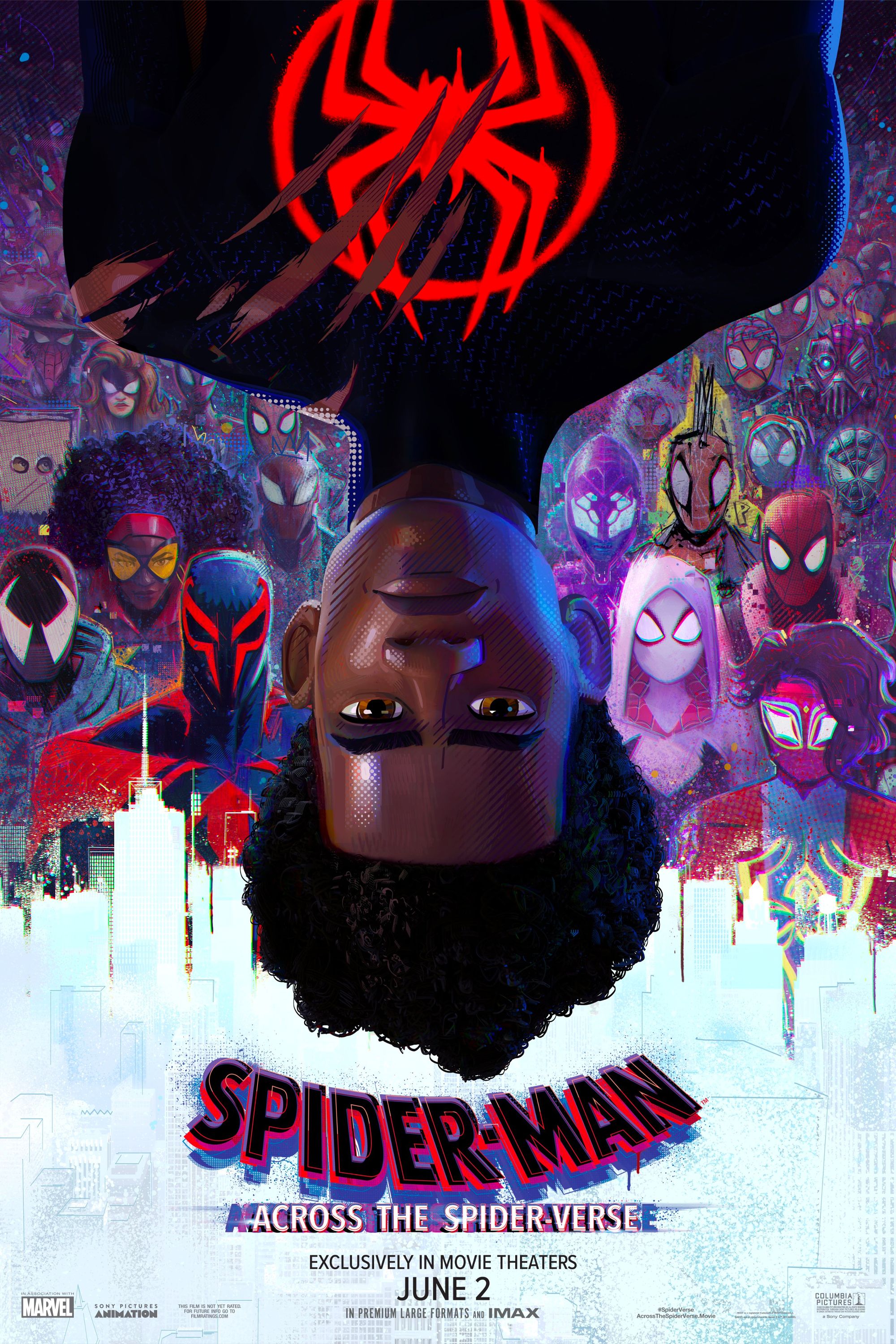Issa Rae has been cast as Spider-Woman in Spider-Man: Into The Spider-Verse 2, and here's how Sony are able to use the character and the situation with her rights explained. In 1977, Marvel Comics readers were introduced to a new superhero called Spider-Woman. Jessica Drew actually had no direct relationship to Spider-Man; unlike many gender-flipped heroes she was a completely separate character, with distinctive powers and a backstory that's nothing to do with radioactive spider-bites.
Marvel created Spider-Woman (and other characters like her, such as She-Hulk) for an amusing reason; the comic book publisher simply wanted to secure the trademark. Comics are a business, and Lee had never forgotten wrangling with rival publisher DC Comics over Marvel's version of Wonder Man, or their creating Power Girl. "Some other company may quickly put out a book like that," Lee explained in a lecture at James Madison University in 1988, "and claim they have the right to use the name, and I thought we'd better do it real fast to copyright the name." Spider-Woman remained only a background character in the Marvel Universe, until Brian Bendis' Avengers run when he made her an A-list member of the Avengers. Now Spider-Woman will debut in Spider-Man: Into The Spider-Verse 2, voiced by Issa Rae. Given she's only loosely associated with Spider-Man, why do Sony have the rights?
Marvel sold the film rights to Spider-Man back in 1998, with Sony paying just $20 million for the wall-crawler and his associated characters. The contract included a list of heroes, villains, and supporting characters who were part of the deal, and a copy of this leaked in 2014. Surprisingly, it revealed Spider-Woman sits in an unusual place; she is a shared character, and both Sony and Marvel have the rights to use her - after a fashion. It reads:
'Jessica Drew' and specifically listed related characters. [Sony Pictures] may depict Jessica Drew as Spider-Woman, and Marvel may only use her without any Spider-Man-related elements.
This is the same kind of agreement Marvel historically had with Fox over Scarlet Witch and Quicksilver, because they have strong ties to both the X-Men and Avengers franchises. That led to both Fox and Marvel introducing their own versions of Quicksilver, with Fox able to call the super-speedster a mutant and tie him to Magneto, while Marvel Studios redefined him as a Sokovian whose abilities had somehow been granted (or, perhaps, unlocked) by an Infinity Stone. But in this case, Sony alone can call Jessica Drew Spider-Woman, while Marvel can presumably use her as a detective, spy, or Avenger.
It's important to remember that, back in 1998, nobody really believed Marvel superheroes were ever going to be a big deal. In fact, Sony passed on an opportunity to own the MCU (or rather, what would become it) when Marvel asked for $25 million for almost every Marvel character (save the X-Men, Fantastic Four, and the Hulk, who were already at other studios). No doubt Spider-Woman was tossed on to the initial character list as something of an afterthought, simply to assure Sony they wouldn't make Spider-Man a big name through successful movies, only for Marvel to sell the rights to Spider-Woman to someone else who could then take advantage of that trademark. But now, over 20 years later, superhero movies are the biggest Hollywood success stories, and Marvel properties are particularly precious. And so Spider-Woman is set to appear at last, in Sony's Spider-Man: Into The Spider-Verse 2. Not bad for a character who was literally created to secure a trademark.



